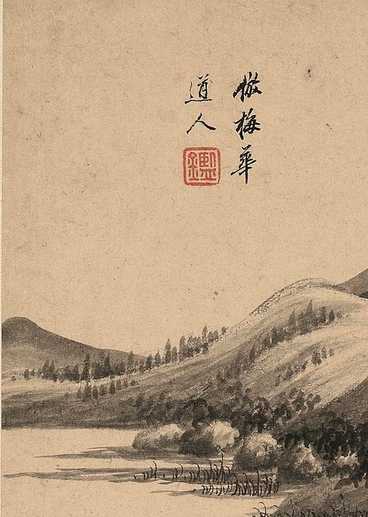
/*CSS代码*/
.tab-switch {
display: flex;
justify-content: center;
align-items: center;
margin-top: 20px;
}
.tab-switch button {
background-color: #f2f2f2;
border: none;
color: black;
padding: 10px 20px;
margin-right: 5px;
font-size: 16px;
cursor: pointer;
transition: background-color 0.3s ease;
}
.tab-switch button.active {
background-color: #0072bb;
color: white;
}
.tab-content {
display: none;
padding: 20px;
border: 1px solid #ccc;
}
.tab-content.active {
display: block;
}首先,大家需要HTML的基本结构,例如三个按钮和三个内容块:
/*HTML代码*/Tab 1 Content
This is the content for Tab 1
Tab 2 Content
This is the content for Tab 2
Tab 3 Content
This is the content for Tab 3
然后,大家使用CSS样式来定义按钮和内容不同状态下的样式,以及动态切换时的效果。大家可以将切换的JS代码添加在按钮的onclick事件中,这里大家使用了一个名为”openTab”的函数:
/*JavaScript代码*/
function openTab(evt, tabName) {
var i, tabcontent, tablinks;
tabcontent = document.getElementsByClassName("tab-content");
for (i = 0; i < tabcontent.length; i++) {
tabcontent[i].className = tabcontent[i].className.replace(" active", "");
}
tablinks = document.getElementsByClassName("tab-switch")[0].getElementsByTagName("button");
for (i = 0; i < tablinks.length; i++) {
tablinks[i].className = tablinks[i].className.replace(" active", "");
}
document.getElementById(tabName).className += " active";
evt.currentTarget.className += " active";
}最后,大家将样式和JS代码绑定在按钮上,并在初始时让第一个按钮及其对应的内容处于激活状态。这样,当用户点击其他按钮时,对应的内容块就会显示出来。
通过这种方法,大家可以很容易地制作出简单而美观的动态切换效果,从而为网页增添更多互动和趣味。